Lobelia Winter Care – Tips For Overwintering Lobelia Plants
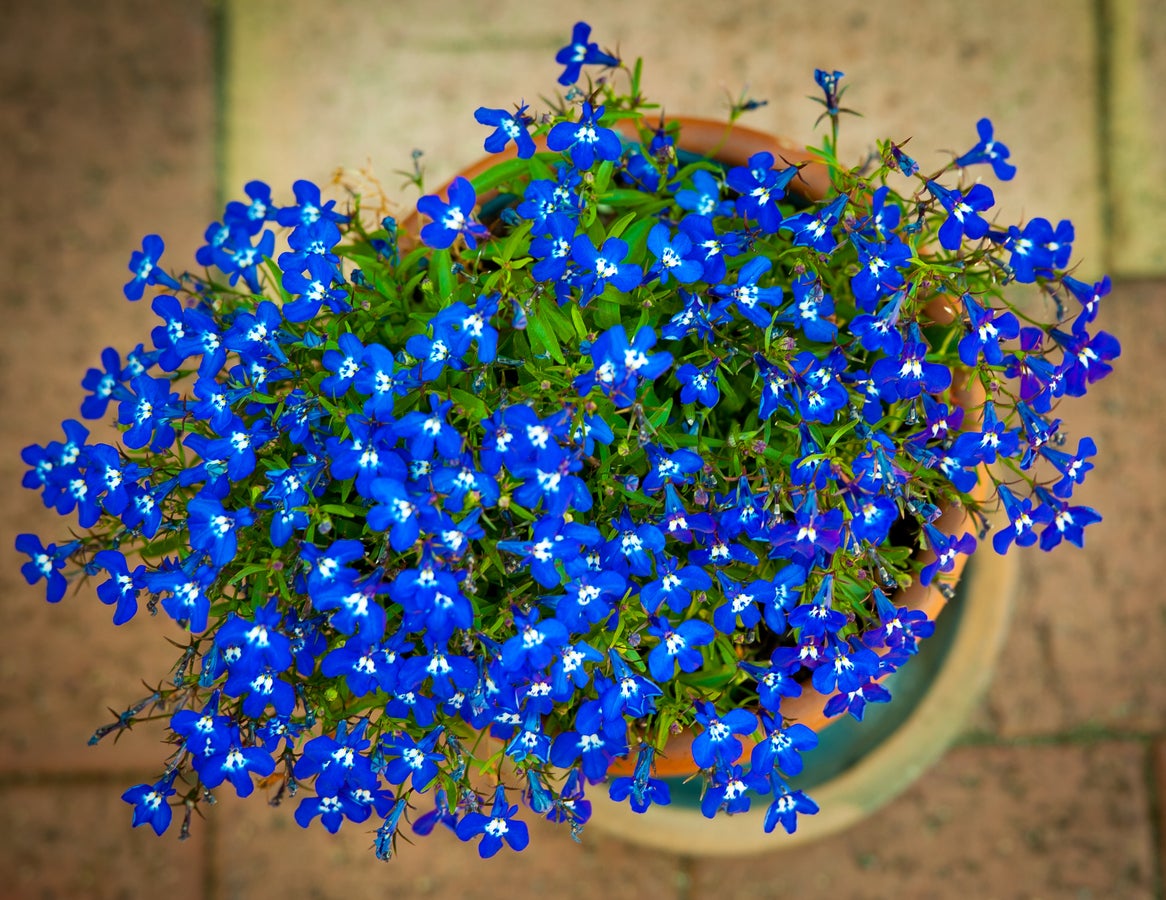

There are many types of Lobelia. Some are annuals and some are perennials and some are annuals only in northern climates. Annuals will usually self-seed and come back the next year, while perennials will re-sprout from the dormant plant in spring. Lobelia winter hardiness varies by species, but even the hardy Lobelias need special care to survive cold temperatures. Keep reading for important tips on Lobelia winter care.
Lobelia Winter Hardiness
Lobelia in winter will die back no matter which variety you have. However, the annual Lobelia may not come back at all even if it formed seed. This is due to incorrect germination requirements. However, it is easy to plant from seed in controlled situations. Perennial plants will die back but, if given proper care, should flourish anew when temperatures warm up.
Lobelia erinus is the annual variety of the plant and comes in many species. It is not hardy in cold temperatures and will not survive being frozen. The Lobelia x speciosa varieties are perennials. These are hardy to 5 to 14 degrees F. (-15 to -10 C.).
Either variety needs well-draining soil in full sun for best blooming. The annual forms tend to get weedy when temperatures get hot in summer but can be rejuvenated by cutting the plants back by half. Perennial forms will bloom almost into the middle of fall.
How to Overwinter Lobelia Annuals
In warmer zones, annual Lobelia can remain outdoors and will continue to bloom if cut back. Eventually, the plant will die out but should reseed. Northern gardeners will have to plant these Lobelias in containers and bring them indoors before any danger of frost.
Even overwintering Lobelia plants indoors is no guarantee they will re-bloom in spring since these are short lived plants. Place them in indirect but bright light, away from drafts. Water them infrequently but check every so often, especially if they are near a heat source which will dry soil quickly.
Lobelia Winter Care for Perennials
Overwintering Lobelia plants that are classed as perennials is a bit easier and more certain. Most are hardy to USDA zones 2 to 10. That is a pretty broad temperature range and almost any gardener can have success with these forms as outdoor plants in winter.
Gardening tips, videos, info and more delivered right to your inbox!
Sign up for the Gardening Know How newsletter today and receive a free copy of our e-book "How to Grow Delicious Tomatoes".
Perennial Lobelia in winter will die back. Leaves drop and stems may get soft. Cut them back after flowering to a couple of inches (5 cm.) above the ground. Spread organic mulch around the root zone but keep it away from the main stems. Covering these can promote rot.
In most zones, enough precipitation will occur so that watering is not necessary. Feed plants in late winter to early spring and they will bounce back quickly.

Bonnie Grant is a professional landscaper with a Certification in Urban Gardening. She has been gardening and writing for 15 years. A former professional chef, she has a passion for edible landscaping.
-
 4 Superfast Composting Methods: Turn Waste Into Garden Gold In 30 Days Or Less
4 Superfast Composting Methods: Turn Waste Into Garden Gold In 30 Days Or LessTry the fastest composting methods to turbocharge your pile and transform kitchen scraps and garden waste into finished compost in just a few weeks.
By Mary Ellen Ellis
-
 Best Spider Plant Soil – Complete Soil Guide And Expert Tips For Keeping Plants Happy
Best Spider Plant Soil – Complete Soil Guide And Expert Tips For Keeping Plants HappySpider plants are fun and easy plants to grow, but what is the best soil for a spider plant? Selecting the right soil is important so they can thrive.
By Bonnie L. Grant
-
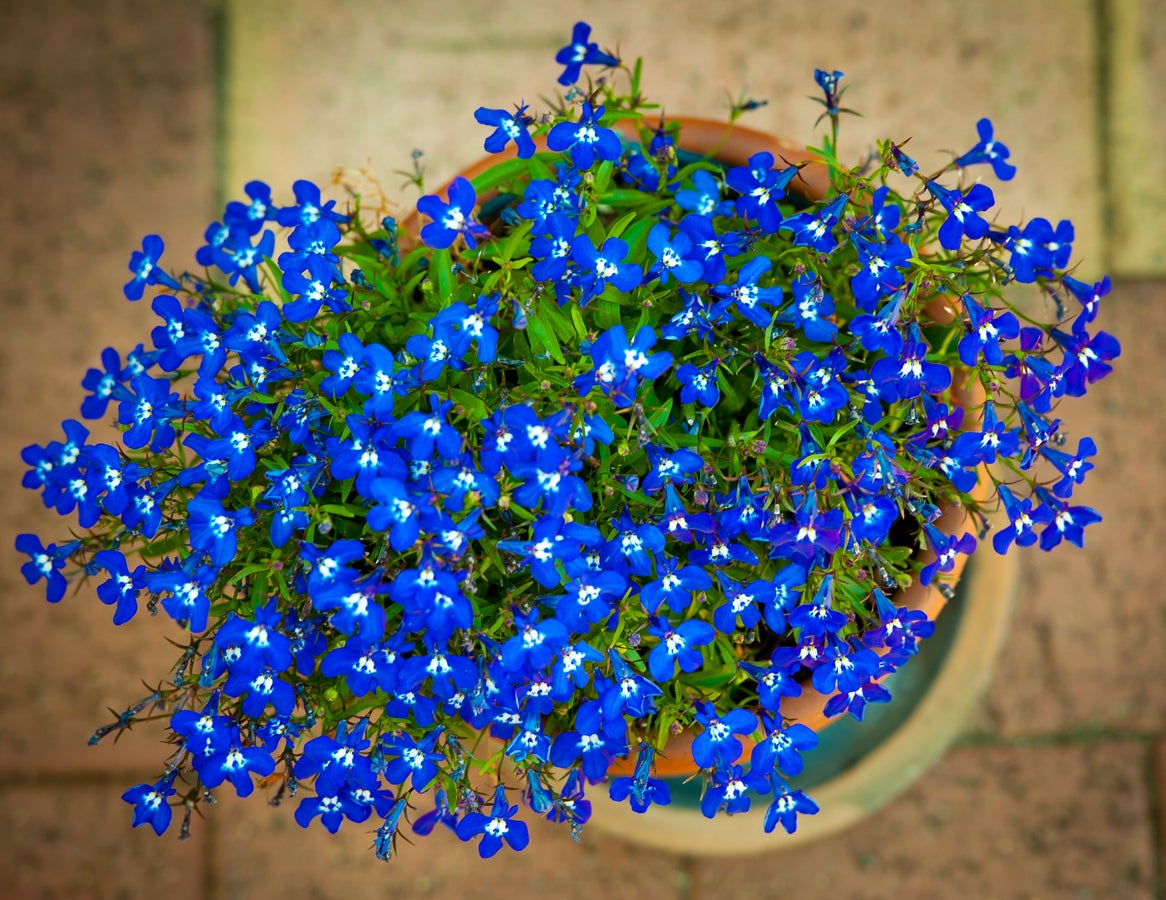 Potted Lobelia Care: Tips For Growing Lobelia In Containers
Potted Lobelia Care: Tips For Growing Lobelia In ContainersPlant ornamental lobelia in a basket or containers for a splash of bright color.
By Tonya Barnett
-
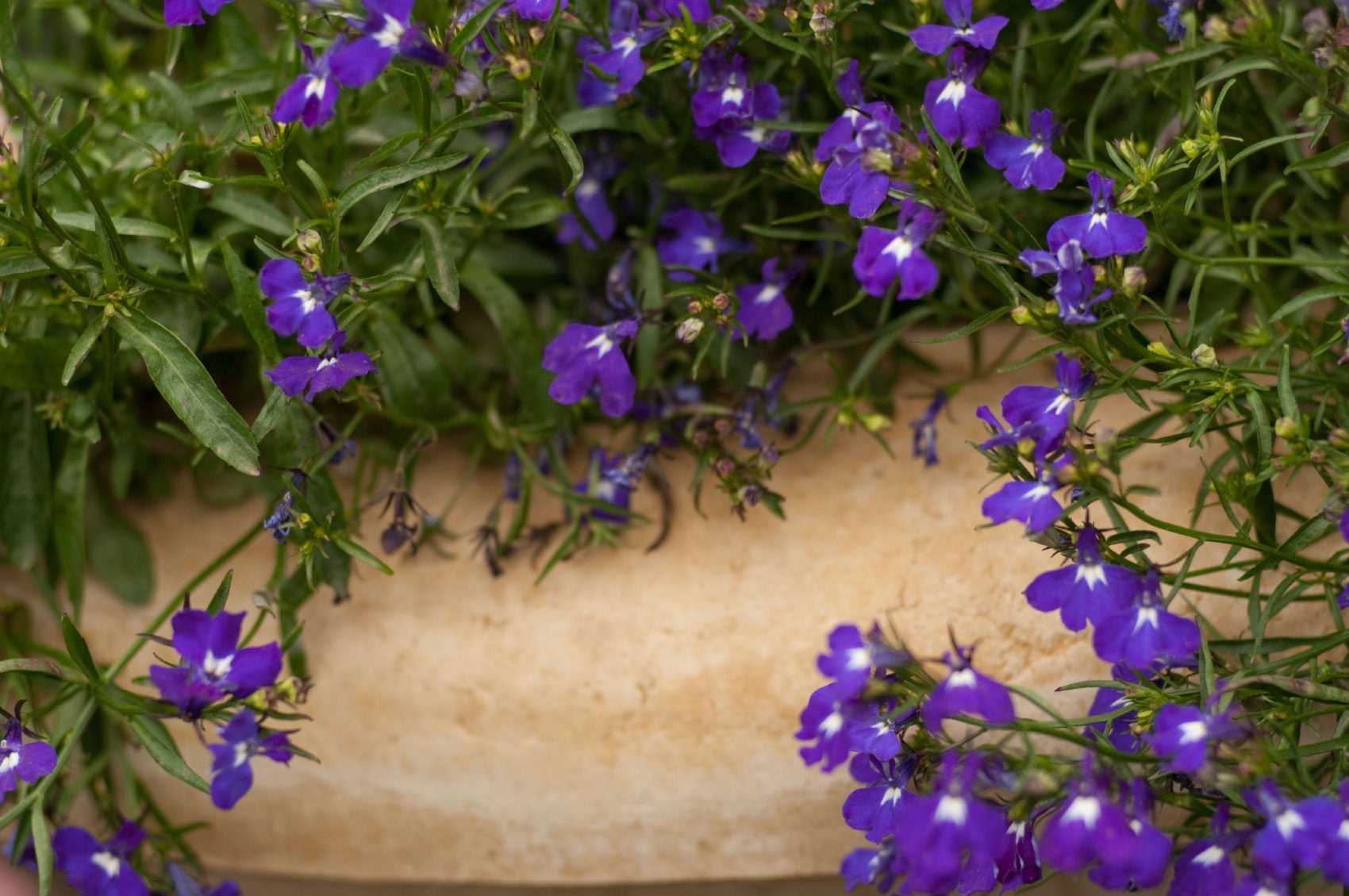 Cutting Back Lobelia: When Should I Prune My Lobelia Plants
Cutting Back Lobelia: When Should I Prune My Lobelia PlantsLobelia flowers make a lovely addition to the garden but like many plants, pruning is an important part of keeping lobelia plants looking their best. Find out how and when to trim lobelia in this article to ensure your plants look their best.
By Jackie Carroll
-
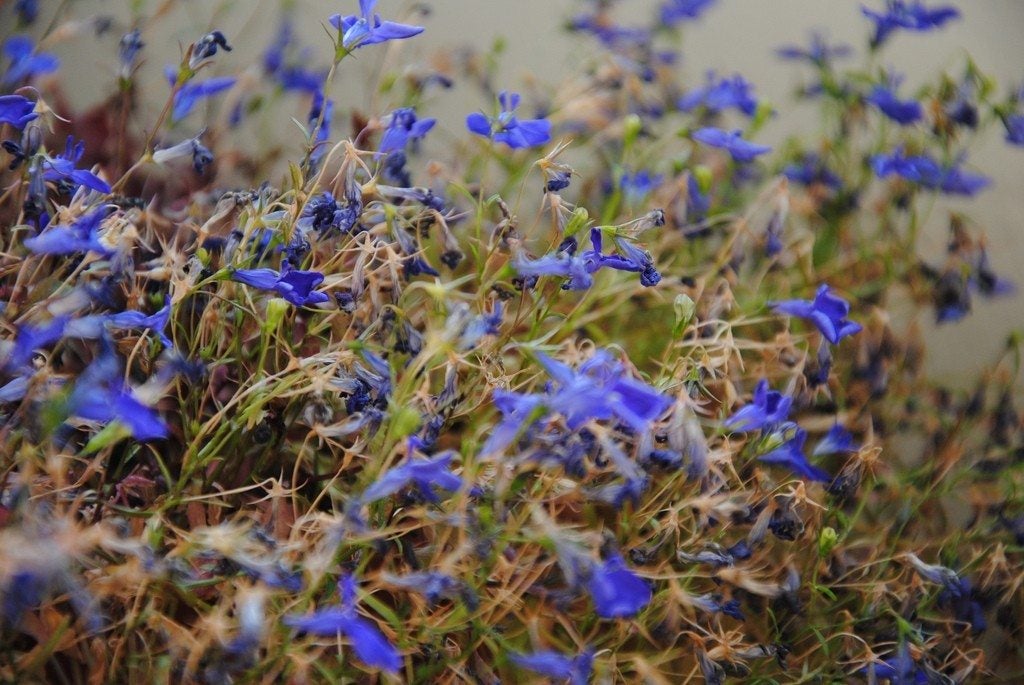 Lobelia Browning: Why Lobelia Plants Turn Brown
Lobelia Browning: Why Lobelia Plants Turn BrownLobelia plants make beautiful additions to the garden with their unusual flowers and bright colors, but problems with lobelia can result in brown lobelia plants. This article can help with that.
By Kristi Waterworth
-
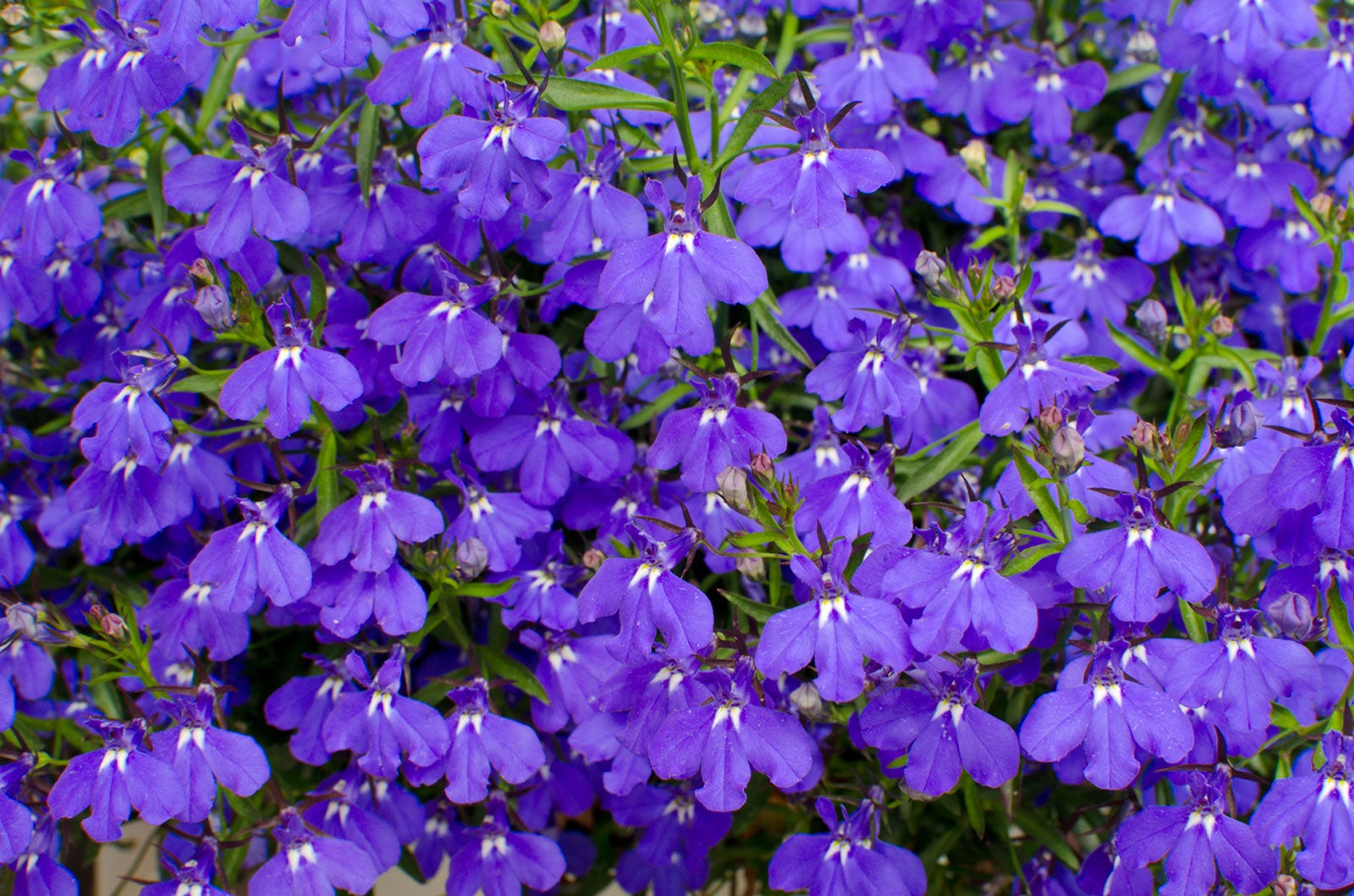 Lobelia Care Guide: How To Grow Edging Lobelia
Lobelia Care Guide: How To Grow Edging LobeliaA lovely herb plant with bright blue to purple blossoms, the trailing lobelia flower is a perfect choice for filling in around garden beds, driveways and borders. It’s easy to grow and, depending on your zone, can be an annual or perennial.
By Nikki Tilley